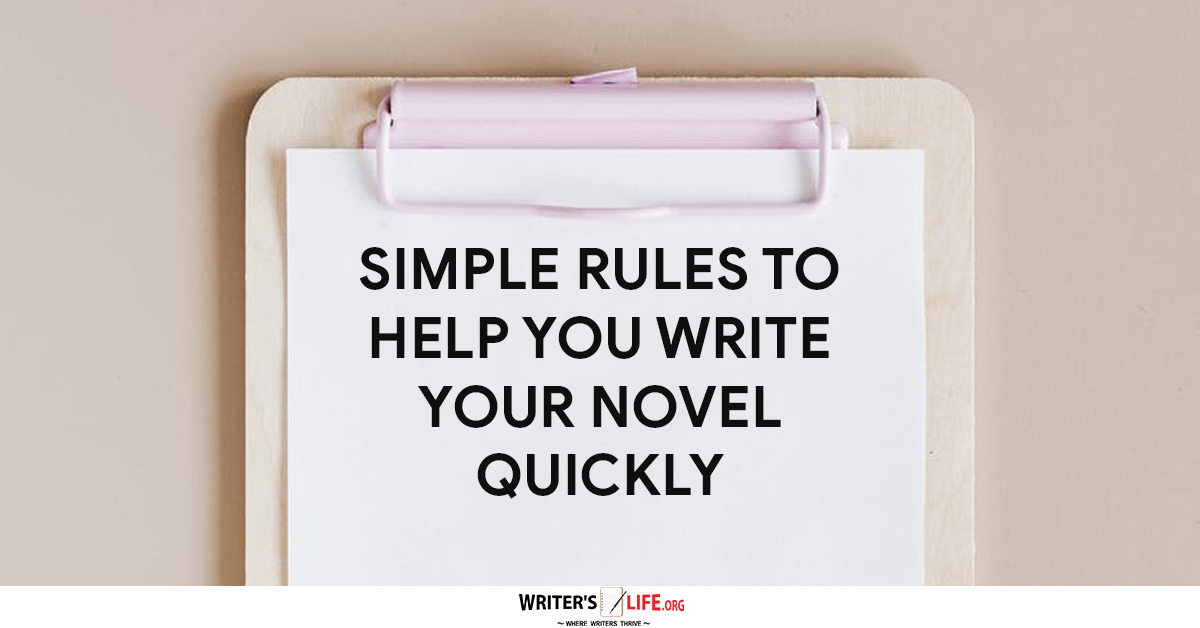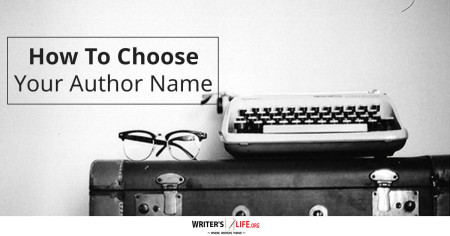- How To Tackle Jealousy In Creative Writing
- Common Submission Mistakes
- How To Stop Your Blog Becoming Boring
- The One Thing Every Successful Writer Has In Common
- How To Make Yourself Aware Of Publishing Scams
- Why Almost ALL Writers Make These Grammar Mistakes At Some Point
- 5 Tips For Authors On How To Deal With Rejection
- Top Mistakes to Avoid When Writing a Novel
- How to Avoid Common New Writer Mistakes
- 10 Mistakes New Fiction Writers Make
Key Scenes To Include In Your Novel

Writing a novel, in essence, is about creating lots of different scenes that link together to tell a story. If you break any good story down, you will start to notice that there are patterns. Almost all of them include the same key scenes, albeit told in very different ways, to structure their story and allow the plot to unfold naturally but with moments of tension and excitement too.
Plotting your novel is all about trying to figure out how to tell your story and what should happen when. Understanding the key scenes to include can make this easier. Start by listing as many scenes you can come up with and write them each on different cards. Then you can shuffle them about to try and find order and from there create your outline.
There are some more obvious scenes that most writers will know about. Starting your novel with an ‘inticing incident’ for example is widely known as a good way to kickstart your story. Making sure that your protagonist goes on a journey, is pursuing a goal and has obstacles to overcome are also key to your story’s success.
However, there are many more important scenes that you need to consider to help create the frame for your story structure. Let’s take a look at them.
The Setup
At the very beginning of your story you need to introduce readers to your main character(s), you should also reveal the setting, the world which they inhabit and allow them to get a sense of the time and place before you hit them with the enticing incident.
The Initial Turning Point
This is where something happens that changes the character and starts them out on their journey. Whatever happens has to be enough to change the characters ideas, desires or motivations and see them start to move in a new direction.
The opposition
You need to begin to introduce the characters or obstacles that your character must face to reach their goal. This is also an excellent time to raise the stakes, and ensure that the reader knows what the protagonist has got to lose should they fail.
The change
Something new needs to happen that helps the protagonist get back on track and focus again on their goal. This can be a compelling twist such as an enemy becoming a friend or vice versa or the discovery of new information that changes the course of the story or creates a huge obstacle. The protagonist must figure out how to deal with this.
No turning back
There should be a scene, around halfway through the novel where something happens and now there is no way life can ever be the same for the protagonist, nor can they decide to go back to normal. This scene should propel the story forward and catalyze a series of fast-paced events that lead to your conclusion.
Another twist
Towards the end of your novel, you can include a second twist. When it looks like the end goal might be in sight, something unexpected can happen that is of great importance to your characters.
The major set back
When things finally seem to be going well, and it looks as though everything is going to be OK, include major setback which causes catastrophe and spells despair for your main characters.
The Climax
The climax is a high-energy scene where either the end goal is achieved or it isn’t. This should be a huge event where the protagonist comes face to face with whatever obstacle is greatest.
The wrap-up
The aftermath of your climax should tie all your ends together and draw the story to a satisfying ending - make this short and sweet and don’t leave your readers hanging on.
These key scenes that make up a novel will help writers to understand the protagonist's journey and give the story structure. Use them to create your story outline, and then get writing!

Bethany Cadman - bethanycadman.co.uk




















